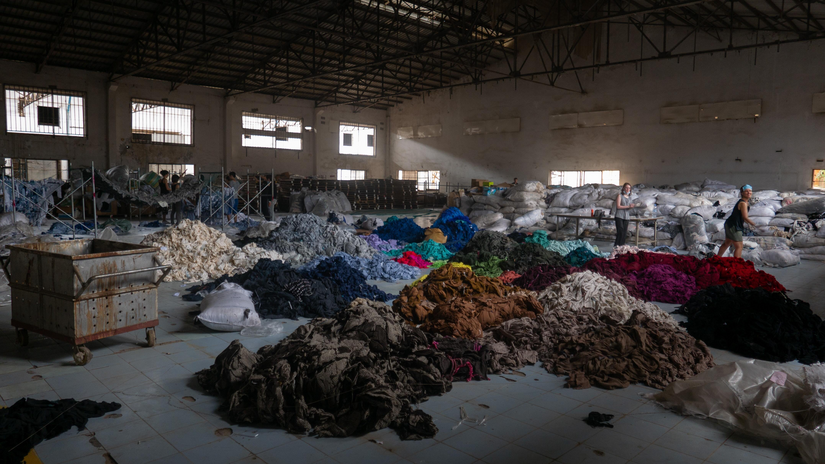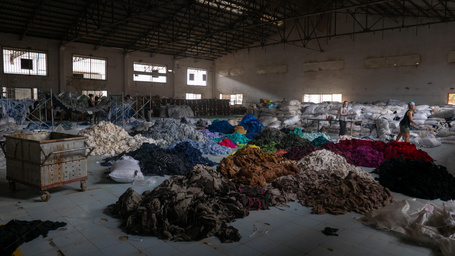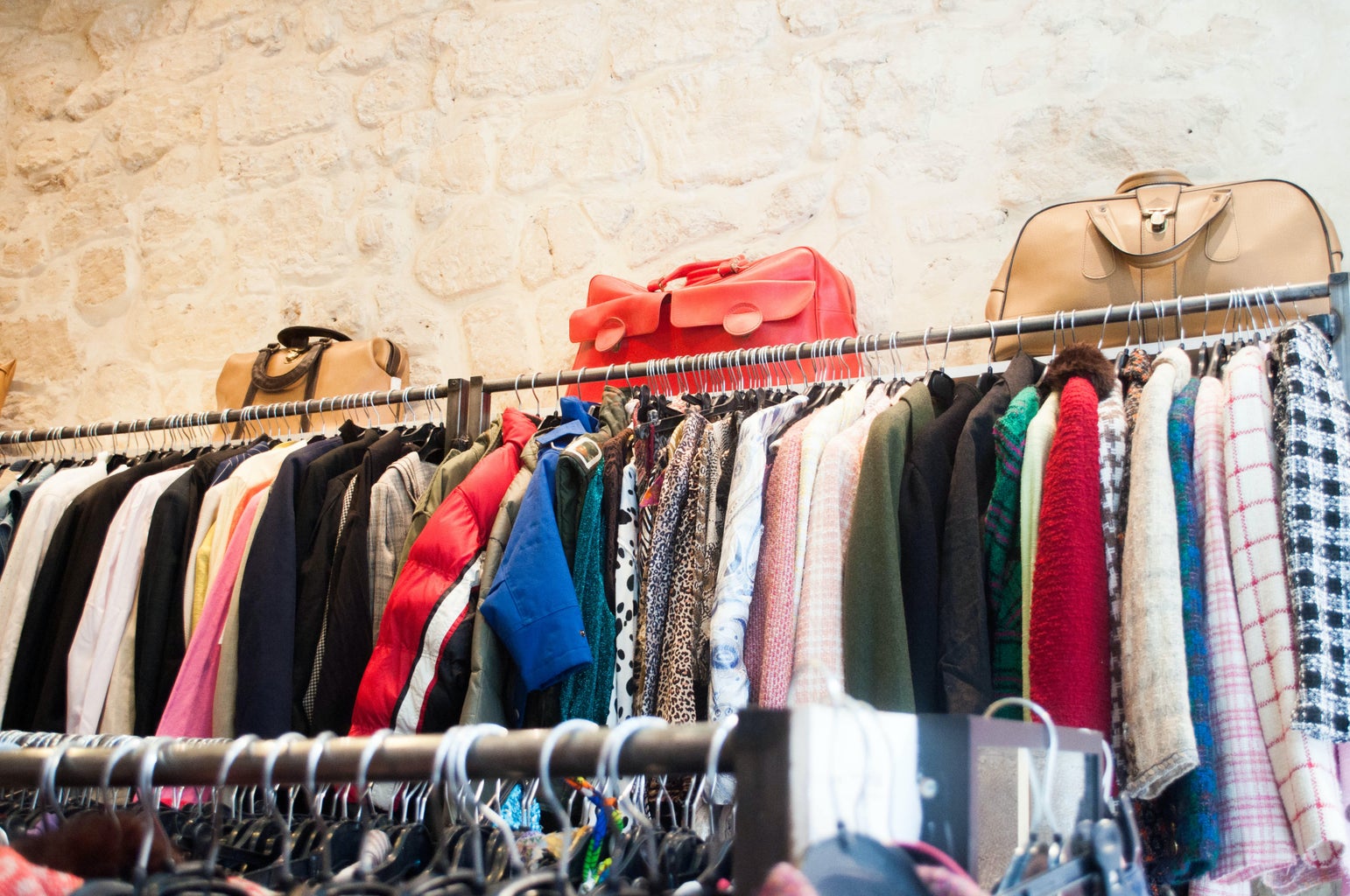In the Atacama Desert of Alto Hospicio, Chile, a mountain of fast fashion clothing has accumulated beyond belief. The Chilean desert has become a graveyard for fast-fashion lines. These discarded garments are intended for the U.S., Europe and Asia and come from Chinese and Bangladeshi factories. However, the unsold items are brought to Chile’s Iquique port and resold into Latin America. This results in a disastrous amount of clothing taking up environmental space and energy. While fast fashion is affordable, it can be more harmful to our environment.
According to Insider and a report from Agence France-Presse (AFP), about 59,000 tons of clothing end up at the Iquique port every year. At least 39,000 tons of that are transported into landfills in the Chilean desert. A former employee of the port noted that most of the clothing is disposed of when it cannot be resold across Latin America. However, disposing of the clothes does not erase the environmental impact of fast fashion. The majority of these unwanted clothes end up covering the Atacama Desert. The clothing is often not accepted into municipal landfills as it is not biodegradable and contains chemical products.
The United Nations accounts for 8 to 10 percent of the world’s carbon emissions to the fashion industry. In 2018, it was discovered that the fashion industry consumed more energy than the aviation and shipping industries—combined. To put that into perspective, researchers have estimated that the amount of clothes burned and sent to a landfill every second is equivalent to that of a garbage truck. On top of that, the textiles industry has recently been identified as a significant contributor to plastic ocean pollution.
Despite the overwhelming environmental implications of fast fashion industry waste, the rate at which consumers buy clothing is unwavering. Clothing production has doubled in the 15 years between 2004 and 2019. In 2014, the average consumer purchased 60 percent more clothes than the average consumer in 2000. Nonetheless, each clothing item is only kept for half as long. Consumers of fast fashion retailers are commonly unaware of the negative consequences of their clothing habits, especially when the issues have no direct impact on their personal lives. However, the environmental community of the Atacama Desert, Iquique port and many third world dumping sites like it are suffering at the hands of this dangerously unchecked production and consumption.
Many global efforts are being made to combat circumstances like Chile’s. The UN is committed to changing the unsustainable path of fashion by “reducing its negative social, economic and environmental impact and turning it into a driver for the implementation of the Sustainable Development Goals.” There are also companies like EcoFibra that make insulation panels out of the discarded clothing. They want to “stop being the problem and start being the solution,” as founder Franklin Zepeda puts it. The Executive Secretary of the UN Economic Commission for Europe (UNECE), Olga Algayerova, stresses that now is the time to “make sustainability the next fashionable trend.” Otherwise, the Atacama Desert will simply disappear under the consequences of fast fashion.
Chile is dealing with the negative aftermath of the convenience of fast fashion. As we live in a world where trends change, globalize and change again rapidly, the fast fashion industry meets our fast-paced needs for affordable and trendy clothing. Retailers such as H&M and Boohoo.com have provided the mass-market, inexpensive response to our demands; we get want we want, for the price we can always afford. While not spending an entire paycheck for a new fit is thrilling and addicting, fast fashion purchases have a lasting effect on our environment. Places such as Chile, where our unwanted styles are recirculated, still have to experience the ramifications of our fast-fashion obsession.
Want to see more HCFSU? Be sure to like us on Facebook and follow us on Instagram, Twitter, TikTok, Youtube and Pinterest!



